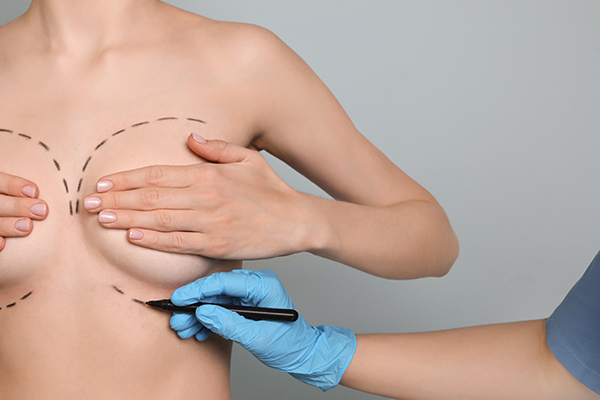MICROWAVE ABLATION
[Breast Lump, Fibroadenoma, Fibroid Tumor of Uterus, Thyroid Gland Tumor]
MICROWAVE ABLATION
[Breast Lump, Fibroadenoma, Fibroid Tumor of Uterus, Thyroid Gland Tumor]
What is microwave ablation of the thyroid nodule?
Microwave ablation of the thyroid is a minimally invasive medical procedure used to treat benign thyroid nodules or small papillary thyroid cancers. It involves the use of microwave energy to heat and destroy the targeted tissue in the thyroid gland.
During the procedure, a thin needle-like device called a microwave antenna is inserted into the thyroid nodule or tumor under the guidance of ultrasound imaging. The microwave antenna emits high-frequency energy waves that generate heat, which destroys the targeted tissue.
Microwave ablation is a relatively new technique that is less invasive than traditional surgical removal of the thyroid gland. It has been shown to be safe and effective, with a low risk of complications such as voice changes or damage to the adjacent structures.
However, not all thyroid nodules or tumors are suitable for microwave ablation, and the decision to perform this procedure should be made on a case-by-case basis by a qualified healthcare professional.

What is microwave ablation of breast lump?
Microwave ablation of a breast lump is a minimally invasive medical procedure used to treat small benign breast tumors, also known as fibroadenomas. During the procedure, a small microwave probe is inserted into the lump under ultrasound guidance, and microwave energy is used to heat and destroy the tumor cells.
Microwave ablation is a relatively new technique and is becoming an increasingly popular alternative to surgery for the treatment of breast lumps. It is a minimally invasive procedure that is usually performed under local anesthesia, meaning the patient can go home the same day.
Microwave ablation of breast lumps has been shown to be safe and effective, with a low risk of complications. However, this procedure is not appropriate for all patients and should only be performed by a qualified and experienced healthcare provider.
It is important to note that while microwave ablation can be used to treat some breast lumps, it is not effective for all types of breast cancer. Patients with breast cancer should discuss their treatment options with their healthcare provider.
What are the advantages of microwave ablation?
Microwave ablation offers several advantages compared to traditional surgical procedures or other types of minimally invasive procedures for the treatment of certain medical conditions. Here are some of the advantages of microwave ablation:
Minimally invasive: Microwave ablation is a minimally invasive procedure that requires only a small incision and does not require general anesthesia. This means that patients usually experience less pain, less scarring, and a faster recovery time compared to traditional surgery.
Targeted treatment: Microwave ablation is a highly targeted treatment that can be used to treat specific areas of the body. This means that healthy tissue is left intact, reducing the risk of damage to surrounding structures.
Low risk of complications: Compared to traditional surgery, microwave ablation has a lower risk of complications such as bleeding, infection, or nerve damage.
Outpatient procedure: In most cases, microwave ablation is an outpatient procedure that can be performed in a clinic or outpatient setting. This means that patients can usually go home the same day and do not need to stay in the hospital overnight.
Shorter recovery time: Because microwave ablation is minimally invasive, patients usually experience a faster recovery time compared to traditional surgery.
Cost-effective: Microwave ablation is often less expensive than traditional surgery and may be covered by insurance.
It is important to note that not all patients are candidates for microwave ablation, and the benefits and risks of the procedure should be discussed with a qualified healthcare provider.

